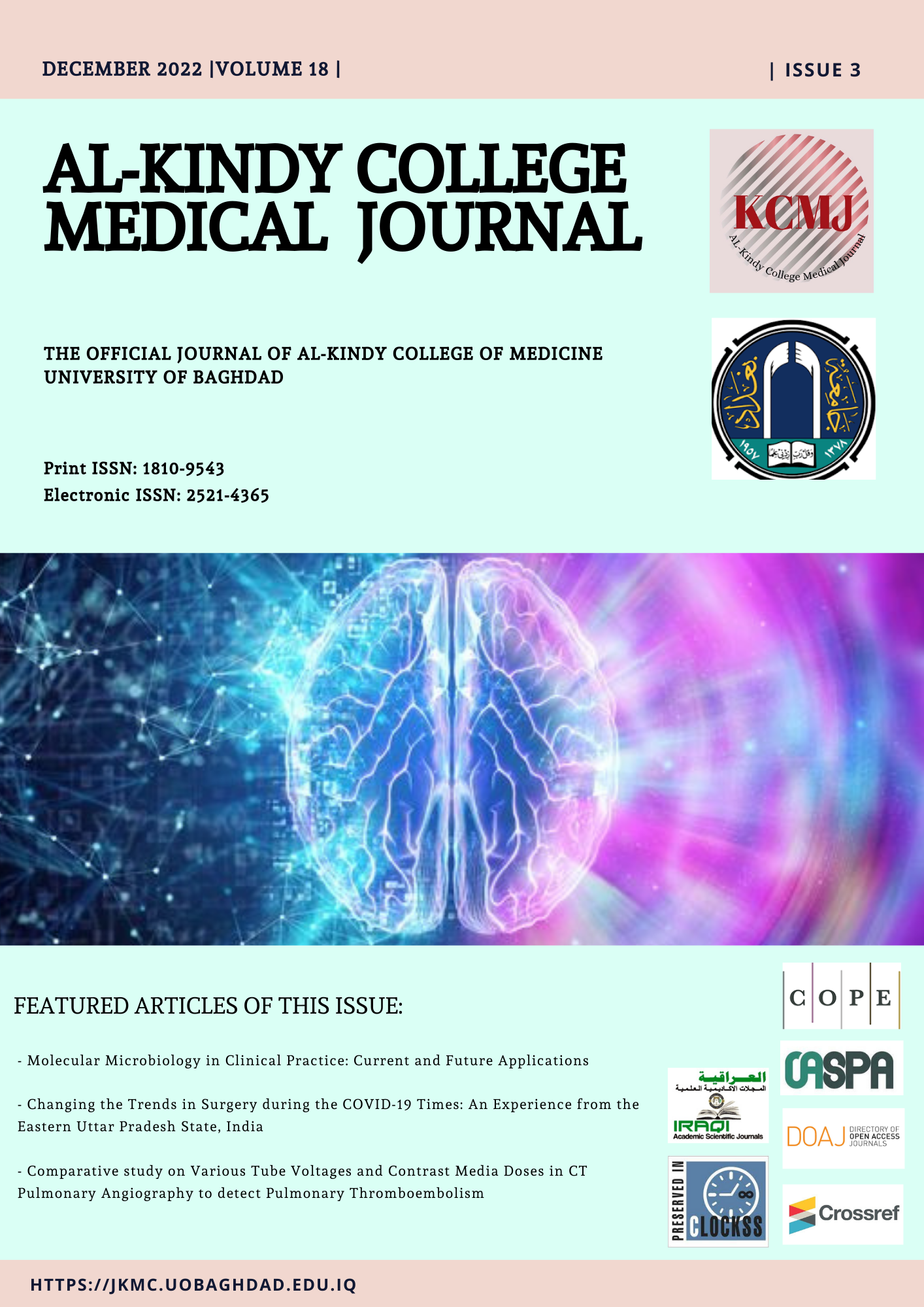Alterations in some Physiological and Inflammatory Markers in Iron-Deficient Obese Adults in the Kurdistan Region, Iraq
DOI:
https://doi.org/10.47723/kcmj.v18i3.883Keywords:
Obesity, Iron Profiles, Inflammation MarkersAbstract
Background: Iron homeostasis is crucial to many physiological functions in the human body, such as cellular activity, erythropoiesis, and the innate immune response. Iron deficiency anemia may occur from obesity's ability to disturb iron homeostasis. Obesity may be seen as a pre-inflammatory condition with mild, ongoing systemic inflammation. Additionally, an increase in hepcidin levels by chronic inflammation causes iron insufficiency in obese people. For this reason, this current experiment is designed to investigate the iron profile and some hematological and inflammatory parameters in obese adults in the Kurdistan region-Iraq.
Subjects and Methods: The cross-sectional study was designed within the context of a medium private laboratory with participants being common people involved, 200 adults participated in this study and were allocated into two groups according to BMI (control group (BMI ≤ 29.9): N=100 and obese group (BMI >30): N=100). Oxygen saturation (SpO2) and pulse rate were assessed. Blood sera (once) was obtained for iron profiles (s. Iron, Ferritin, Hepcidin) and inflammatory levels (c-reactive protein (CRP), interleukin 6 (IL-6)).
Results: Our findings highlighted that all inflammatory markers increased significantly in the obese groups in both sexes and a positive correlation with BMI and a significant decrease in iron in the obese group.
Conclusions: This research reveals that hepcidin levels in obese adult people contribute to the development of iron deficiency anemia due to increased inflammation.
Downloads
Published
Issue
Section
License
Copyright (c) 2022 AL-Kindy College Medical Journal

This work is licensed under a Creative Commons Attribution 4.0 International License.














